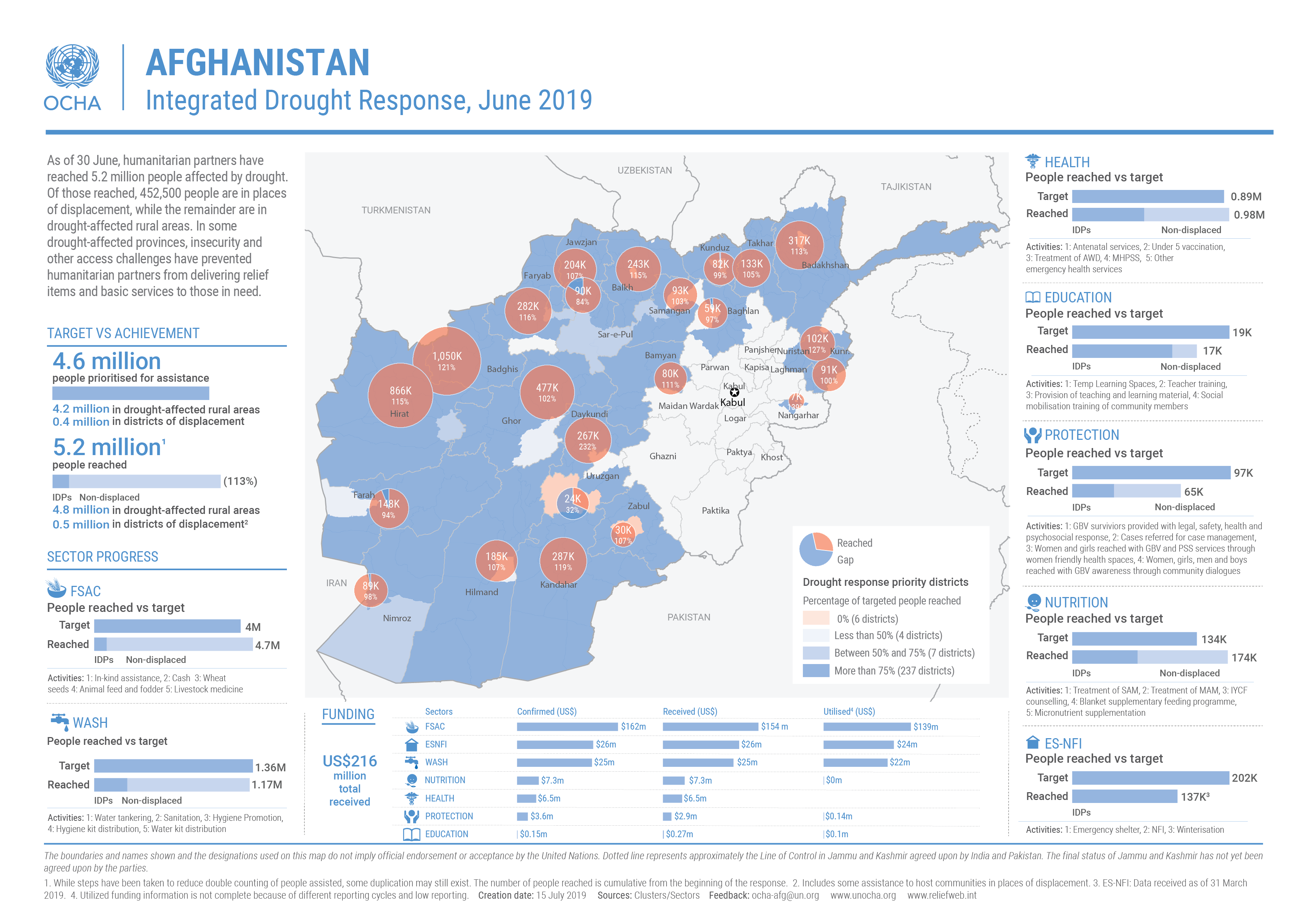Versions Compared
Key
- This line was added.
- This line was removed.
- Formatting was changed.
Overview
The definition of a complex emergency is - “a humanitarian crisis in a country, region or society where there is total or considerable breakdown of authority resulting from internal or external conflict and which requires an international response that goes beyond the mandate or capacity of any single agency and/ or the ongoing United Nations country program.” (IASC, December 1994).
Such “complex emergencies” are typically characterized by:
Extensive violence and loss of life; massive displacements of people; widespread damage to societies and economies;
The need for large-scale, multi-faceted humanitarian assistance;
The hindrance or prevention of humanitarian assistance by political and military constraints;
Significant security risks for humanitarian relief workers in some areas.
From the perspective of an IMO, complex emergencies are especially challenging as they tend to last for multiple years, resulting in increasing number of vulnerabilities and people in need of humanitarian assistance. Moreover, in many contexts, smaller-scale emergencies are frequently occurring within the larger complex emergency. For example, Afghanistan has seen frequent floods, landslides, earthquakes and food insecurity crises on the top of the conflict ongoing since 2001. Thus, a natural disaster occurring in within the complex emergency settings can result in an emergency response within an emergency response. In such a situation, collecting, organizing, and disseminating data and information on the "small" emergency can be complicated and challenging.
Process
When a disaster strikes within complex emergency settings, there are several key questions to consider:
Is a new instance of HR.info needed?
Will there be new actors coming into the country?
Will the existing humanitarian architecture (clusters) be able to handle the new response?
How are the IM activities going to be coordinated and communicated? Is the existing IMWG going to be expanded?
Will a new response document be needed or will it be incorporated into the existing documents?
A new emergency within an emergency - the IMO checklist
Depending on the scale of the emergency within an emergency, some of the existing IM procedures and practiced may need to be revised and where essential, re-scaled to correspond to the requirements of the new situation.
Are the existing country-specific CODs sufficient to support the response? Depending on the new situation, the existing CODs may need to be revised by the local IMWG/coordination group. If necessary, you may consider adoption of new CODs. For example, in a food security crisis within prolonged conflict settings, the humanitarian actors may benefit of standardized data about the food prices, the market situation and the locations of ATMs or other existing cash distribution points. Likewise, in a case of an earthquake, some immediate post-disaster data, such as the magnitude levels and road access, could serve as important shared reference points throughout the humanitarian community.
How should I acknowledge the new emergency into the existing IM products? The new emergency will require scaling up the existing operation or starting a new one, specifically dedicated for the IM. Whichever the case, the new emergency and the corresponding needs should be reflected in the country-wide IM products, such as humanitarian snapshots and dashboards.
Does the new emergency required dedicated IM products? Especially when affecting large population groups, the new emergency may require a separate response operation. Accordingly, this operation is likely to benefit from IM products specifically dedicated for the new response. Below is an example of a dashboard about the Afghanistan drought of 2019. Many of the drought-stricken areas had already been heavily affected by the complex emergency ongoing since 2001.

How can I support the new operations leads/partners? gSometimes, the coordination of the new emergency will be under an organization different from that one managing the existing complex emergency. For example, in a case of a contagious epidemic outbreak, the International Federation of the Red Cross and Red Crescent Federation (IFRC) together with the local Red Cross or Red Crescent Society might become the response leads. In case OCHA is the actor coordinating the complex emergency response, it will be a good idea to contact the IFRC/local RCRCS for a possible handover in the IM procedures. Make sure that you familiarize your IM colleagues with CODs and other standard data and products to be used.
Outputs/Resources
Text should include: Essential Reading, Additional Readings, Templates. Examples, Tutorials
Guidance
text
text
text